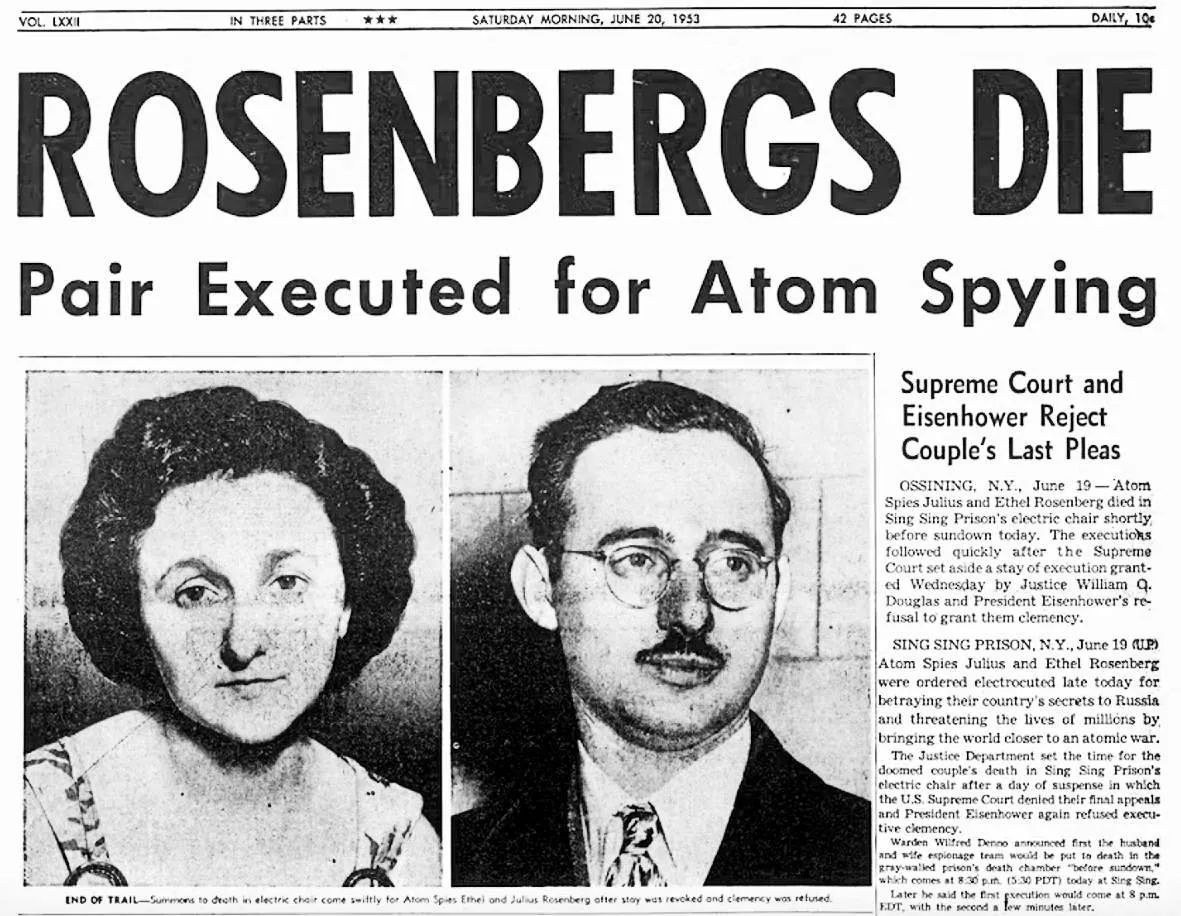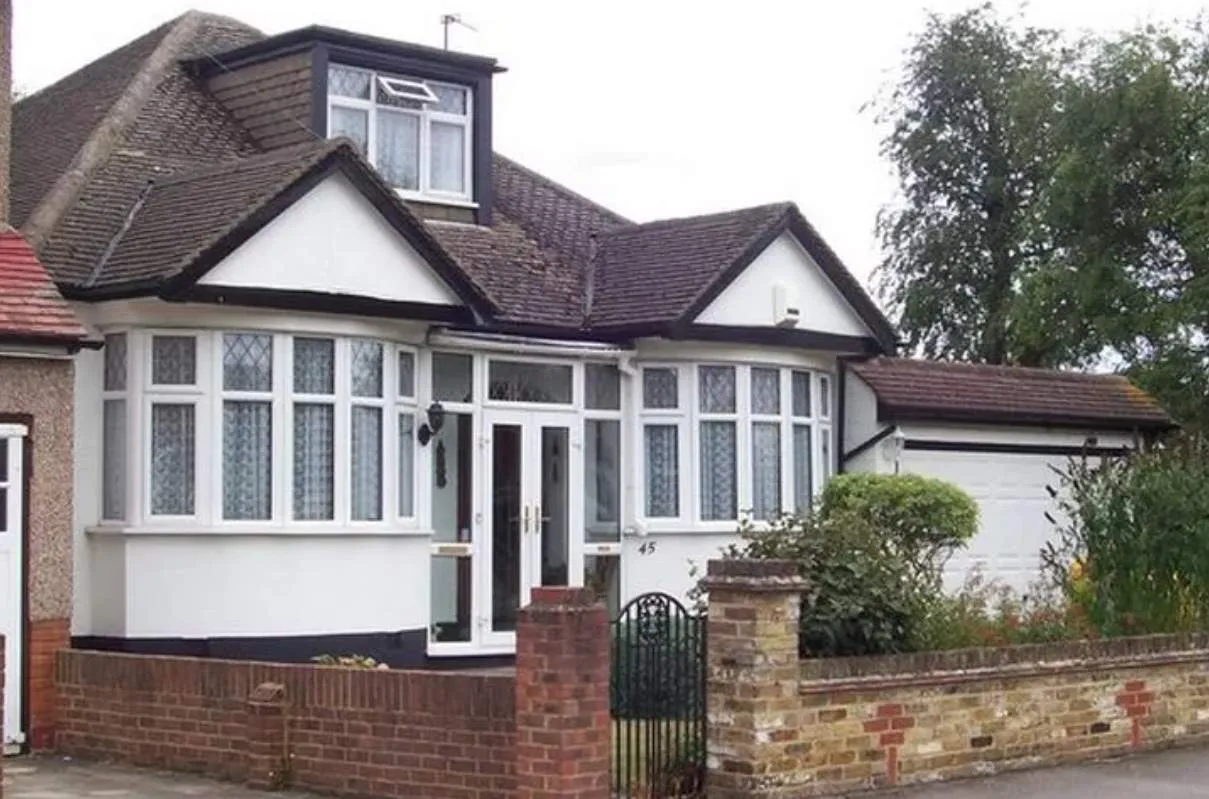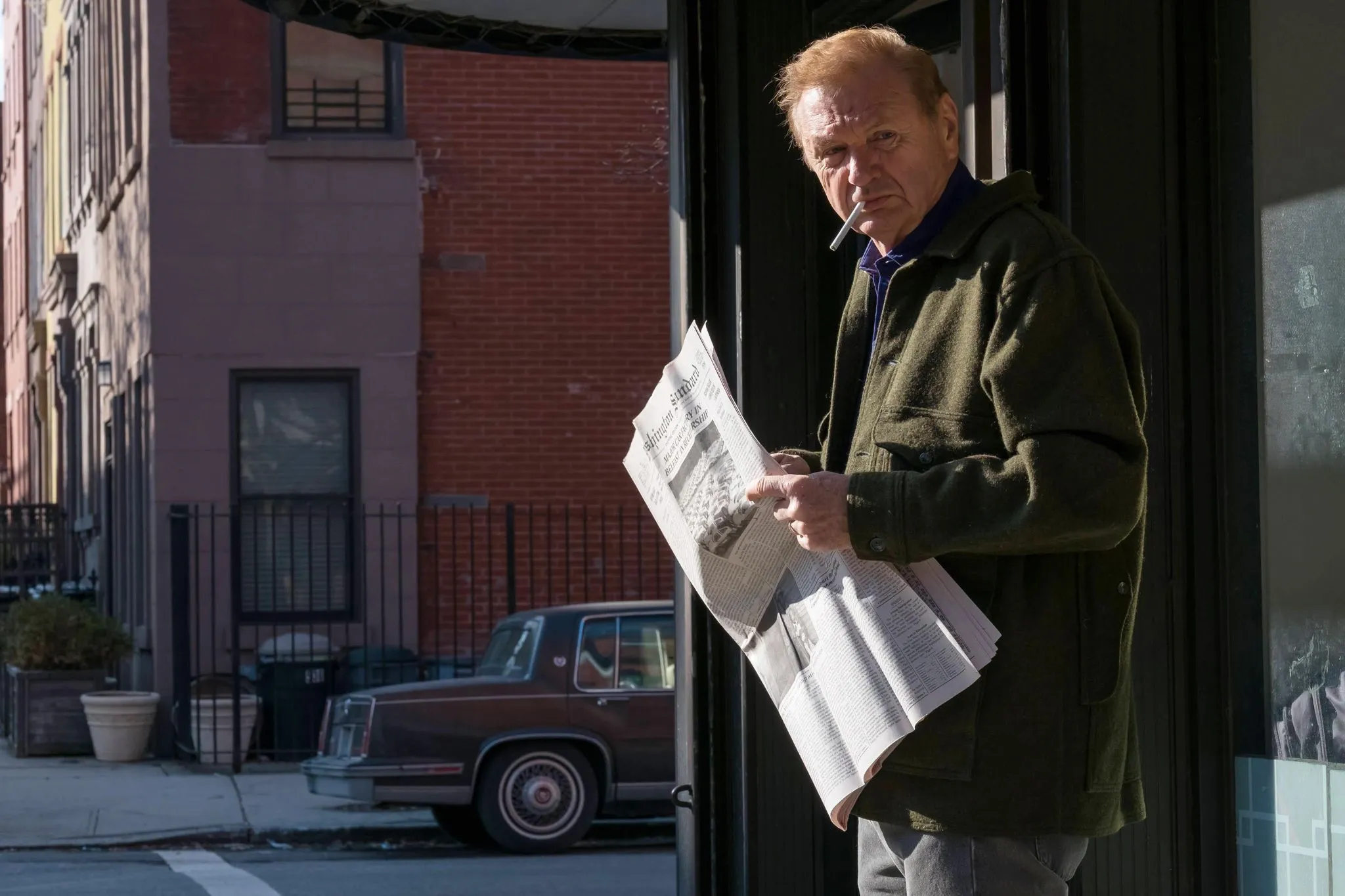Behind Enemy Lines: The US Spies Who Trained Moscow's Sleeper Agents

US-born Lona Cohen was a legendary Russian agent although the absent-minded operative almost exposed her own spy ring on her first mission as a courier. By the end of her career, Lona and her husband were Moscow royalty, training Jack Barsky and a new generation of Russian sleeper agents how to infiltrate the US.
Just weeks after America bombed Japan in 1945, Lona Cohen arrived home in Manhattan and left a chalk mark on a wall to signal to her Soviet handler that she was back from an urgent mission to New Mexico.

Lona, 29, was an atomic spy. She'd taken over from her husband Morris when he was drafted to fight in WWII and she enjoyed the role-playing. Lona considered herself a talented amateur actress, albeit one who often forgot her lines.
When Lona met Los Alamos Laboratory spy Ted Hall on her New Mexico mission, she couldn't remember the pre-agreed parole, the recognition phrase: “Excuse me, would you know which is the best resort for respiratory disorders, Sandia or the Rio Grande?” Ted was to reply: “The place where the climate is the best is in the Rocky Mountains.”
Hall arrived at the designated meeting point carrying the agreed visual signal - a yellow bag with a smelly catfish tail hanging out the bottom in the sweltering August heat - only for Lona to blurt out: “You brought it?” Luckily, she recovered and remembered to ask about respiratory disorders. Contact established, Hall handed over a diagram of the world’s first atomic bomb for delivery to the Soviets. That was just the start of the drama.
The most dangerous part of Lona’s mission was her train journey back to New York. Officials were checking suitcases on the platform, so Lona hid the A-Bomb drawing and envelope in tissues, then handed her Kleenex box to an inspector while she searched for ID. “Hold this,” she instructed, hoping the tissue box didn’t smell of catfish. Lona then ran for her departing train and realized she’d left the Kleenex box behind. Lona poked her head out of the window, faked a sneeze, and held out her hand as an officer ran alongside the moving carriage to return her tissue box.
Lona waved goodbye as the train left New Mexico. A legend was born.
.webp)
Spy training
Born in small-town Massachusetts in 1913, young Lona had her heart set on the bright lights of New York City. She left her Polish Catholic family behind at the age of 15 and found work as a governess. Lona became an atheist, experimented with socialist politics, then joined the Communist Party where she met her future husband, Morris. The British double agent George Blake described Lona as a "very, very resolute woman, very determined".
Lona was savvy but she had no idea Morris was a Russian spy when they married in 1941. He brought a bouquet of roses home one night and furtively put it on a hall table before confessing. Initially, she was livid but came around when Morris explained that he was anti-fascist, not anti-American, and was fighting for universal truth and justice, according to Barnes Carr's Operation Whisper.
Morris was an illegal agent for the NKVD, recruited by Moscow while he was in Spain fighting in the Spanish Civil War. He perfected his dead drops in darkened movie theaters and brush contacts in crowded stores. After Morris confided in Lona, he recruited his bride, dangling the prospect of a thrilling lifestyle. Lona, codenamed ‘Leslie’, showed promise, once convincing a man who worked for a Connecticut aircraft maker to smuggle a machine gun model out of his plant for $2,000.
In 1995, the Russian Foreign Intelligence Service revealed that Lona was more than a minor-league agent. "By orders of the Center she obtained a sample of uranium from Canada," according to Lona Cohen's official intelligence biography. The uranium is believed to have been transported to New York in 1944 or 1945. Vladimir N. Karpov, former deputy chief of the New York rezidentura, kept the powdered uranium in his safe before sending it out to scientists, according to Bombshell authors Joseph Albright and Marcia Kunstel.

Spies on the run
Abruptly, the Cohens’ spy ring was shut down soon after Morris returned home from WWII. Two Soviet defectors - an Ottawa, Canada-based cipher clerk and Connecticut-born Russian spy Elizabeth Bentley - had exposed hundreds of Soviet agents. Ethel and Julius Rosenberg would soon be rounded up and executed. Separately, Anglo-German atomic spy Klaus Fuchs had moved from the US to England and confessed to British security service MI5.
The heat was on. It was time for the Cohens to bolt. Vanish. Forget the suitcases. Don’t talk to the neighbors. Just walk out of the door of 128 East 71st Street, NYC as if heading to a nice restaurant and disappear.
They fled to Mexico, made their way to Russia and Poland for several years, then landed in London, England in 1954 reborn under the cover of Helen and Peter Kroger, a suburban couple who made a living selling antiquarian books. In their spare time, the ‘Krogers’ plotted to steal Nato intelligence and Royal Navy secrets about Britain’s first nuclear-powered submarine.
"The brand new social experience where you activate your gaming skills as you train like a spy."
- TimeOut
Take on thrilling, high-energy espionage challenges across different game zones.


The Kroger added a dash of eccentricity to the ‘burbs
Helen (Lona) and Peter (Morris) stood out in Ruislip, a London suburb where neighbors passed the time gossiping about Helen’s propensity to wear trousers instead of 1950s house dresses. They couldn’t figure out why the Krogers called themselves Canadian but spoke with thick New York accents and why they were never available for parties on Saturday evening, the night Gordon Lonsdale (aka KGB officer Konon Trofimovich Molody) visited each week and stayed overnight.
It was 1954 and outside of the Ruislip bubble the naval base in Portland, England was conducting top-secret submarine and sonar research for Nato while helping to design Britain’s first nuclear-powered submarine. Meanwhile, the Portland Spy Ring - consisting of Helen, Peter, Gordon, and two Portland-based operatives with military connections - was in full swing. The two Portland spies passed intel to Gordon in London who transferred it to Ruislip where the Krogers sent it to Moscow via a transmitter kept hidden upstairs. (A second transmitter was buried in the backyard.)
Lonsdale claimed that the Portland spies had passed 350 test pamphlets on anti-submarine equipment, including some relating to the UK’s nuclear submarine fleet, according to MI5. The Admiralty believed the intel passed from Portland to Moscow helped in the manufacture of a new and more silent generation of Soviet submarines.
After a tip-off from a Polish defector, the British contacted the Americans who confirmed that ‘Canadian’ Peter Kroger’s fingerprints matched those on the US military records belonging to Morris Cohen of New York City. (At this stage, the couple were traveling on New Zealand passports.) Britain’s secret service moved in and arrested all five spies. This time, Lona/Helen and Morris/Peter stewed in prison for eight years but a spy swap with Moscow ensured their release before the end of their 25-year sentences and lay the groundwork for the next chapter in the Cohens’ jet-setting spy life.
Moscow wanted their returning ‘heroes’ to teach the next generation of sleeper agents how to blend into life in America.

The Americans: The real-life sleeper agents
In the 1970s, Lona and Morris were semi-retired, alternating between life in Poland and an apartment in the chic Arbat neighborhood of Moscow where they taught at the KGB training school. They were considered undercover ‘royalty’, former sleeper agent Jack Barsky recalls in his biography Deep Undercover.
In 1976, Barksy was introduced to a much older-looking Morris Cohen. Morris was 67 but prison had aged him. His voice still had vitality though and his handshake was steely with determination. “When Helen came into the room and greeted me, she seemed just as strongly determined as her husband - if not more so,” Barsky said.
The couple was delighted to speak freely in American English: “This is also a time for us to pass the torch to the next generation - of which you are a part," Morris told his protégé. "We will help you as much as we can."
Barsky studied the American language, lifestyle and habits with the Cohens each week. He also spent an intense two weeks alone with Morris in a two-bedroom apartment speaking English and following a strict routine - up at 6 am for a walk in the biting cold followed by all day discussing the US, Soviet Union, and state of the world.
“In spite of the rough moments, the two weeks we spent together were an overall success,” Barsky said. “The ability to hear and imitate a male speaker in the American vernacular improved my English pronunciation enormously. I felt ready for the next step.”
In 1978, Barsky - aka East German KGB spy Albrecht Dittrich - was ready for the big time. The 28-year-old transformed into American 'Jack Barsky', a New Yorker with a German mother (deceased) to explain the slight accent, and obtained the birth certificate of an American boy who had died at the age of five. Barsky would spend more than a decade living deep undercover before the FBI finally caught up to him.

The Cohens retired on a comfortable pension. Lona died in 1992 at the age of 79 and Morris in 1995 at the age of 84, still married and still unapologetic. They were proud to have run the only Soviet ring dedicated to atomic spying.
“Am I a traitor?” Lona asked from her hospital bed, according to Operation Whisper. She denied it although she wrestled with the question for much of her life. “I didn’t kill anybody and I didn’t destroy American life… No American soldier died because of what I did.”
***
You can read more about Jack Barsky’s incredible story in Deep Undercover. Barsky can also be booked to appear at events or consult on film and television projects through SPYEX.com.
SPYSCAPE+

Join now to get True Spies episodes early and ad-free every week, plus subscriber-only Debriefs and Q&As to bring you closer to your favorite spies and stories from the show. You’ll also get our exclusive series The Razumov Files and The Great James Bond Car Robbery!


Gadgets & Gifts
Explore a world of secrets together. Navigate through interactive exhibits and missions to discover your spy roles.
Your Spy Skills
We all have valuable spy skills - your mission is to discover yours. See if you have what it takes to be a secret agent, with our authentic spy skills evaluation* developed by a former Head of Training at British Intelligence. It's FREE so share & compare with friends now!
* Find more information about the scientific methods behind the evaluation here.


Stay Connected
Follow us for the latest
TIKTOK
INSTAGRAM
X
FACEBOOK
YOUTUBE